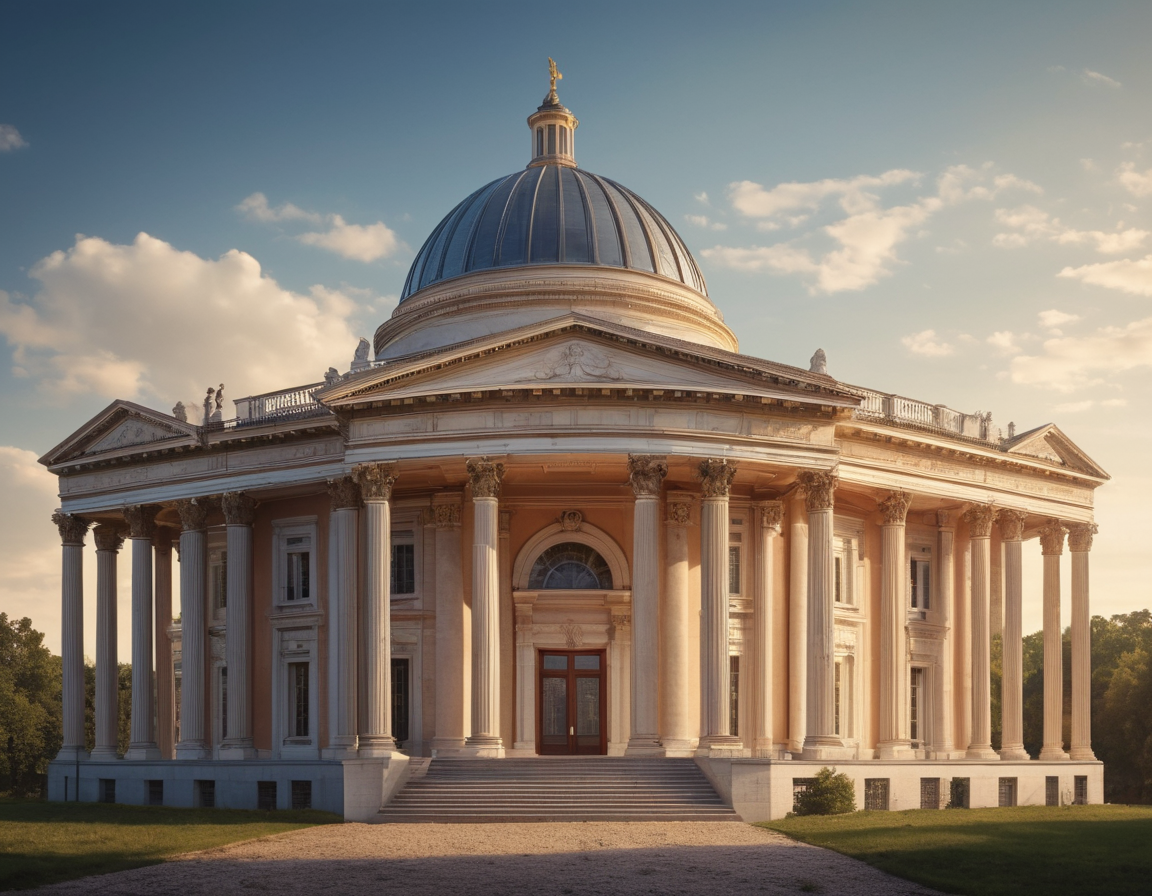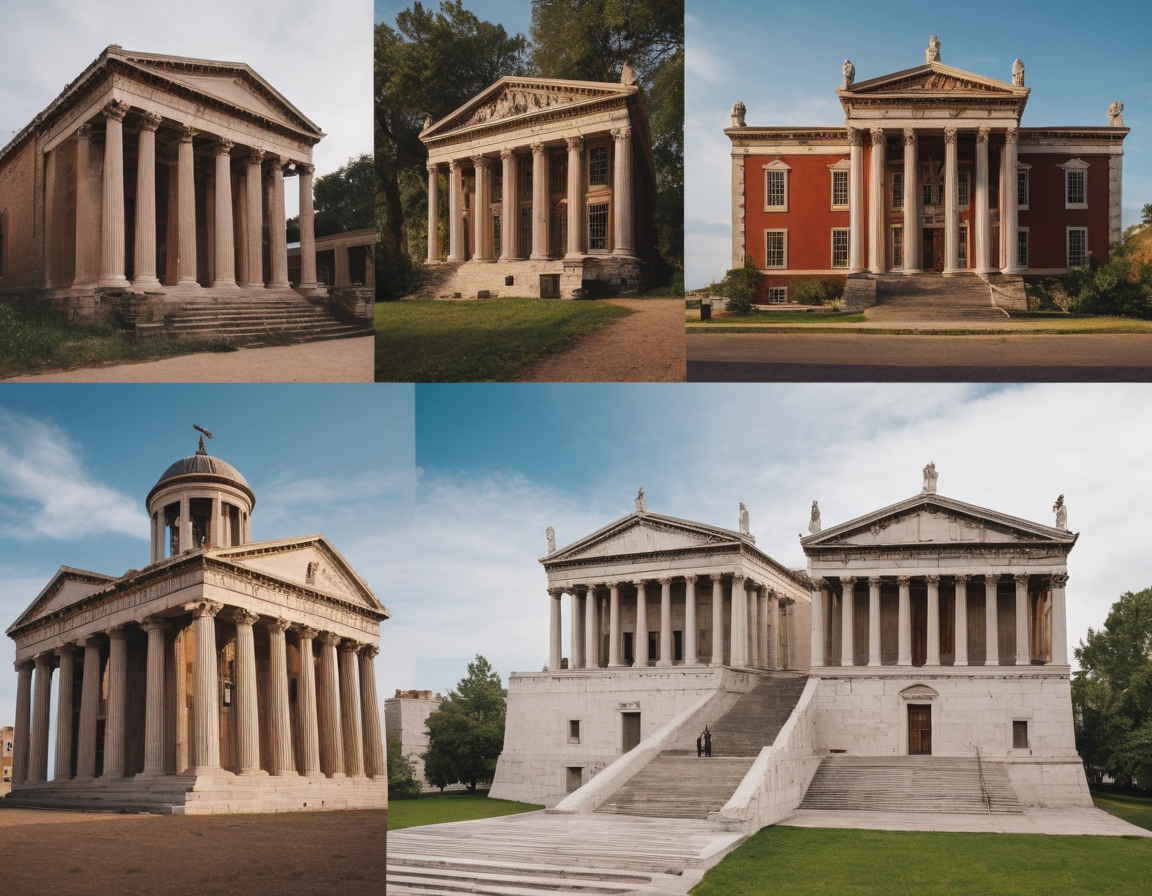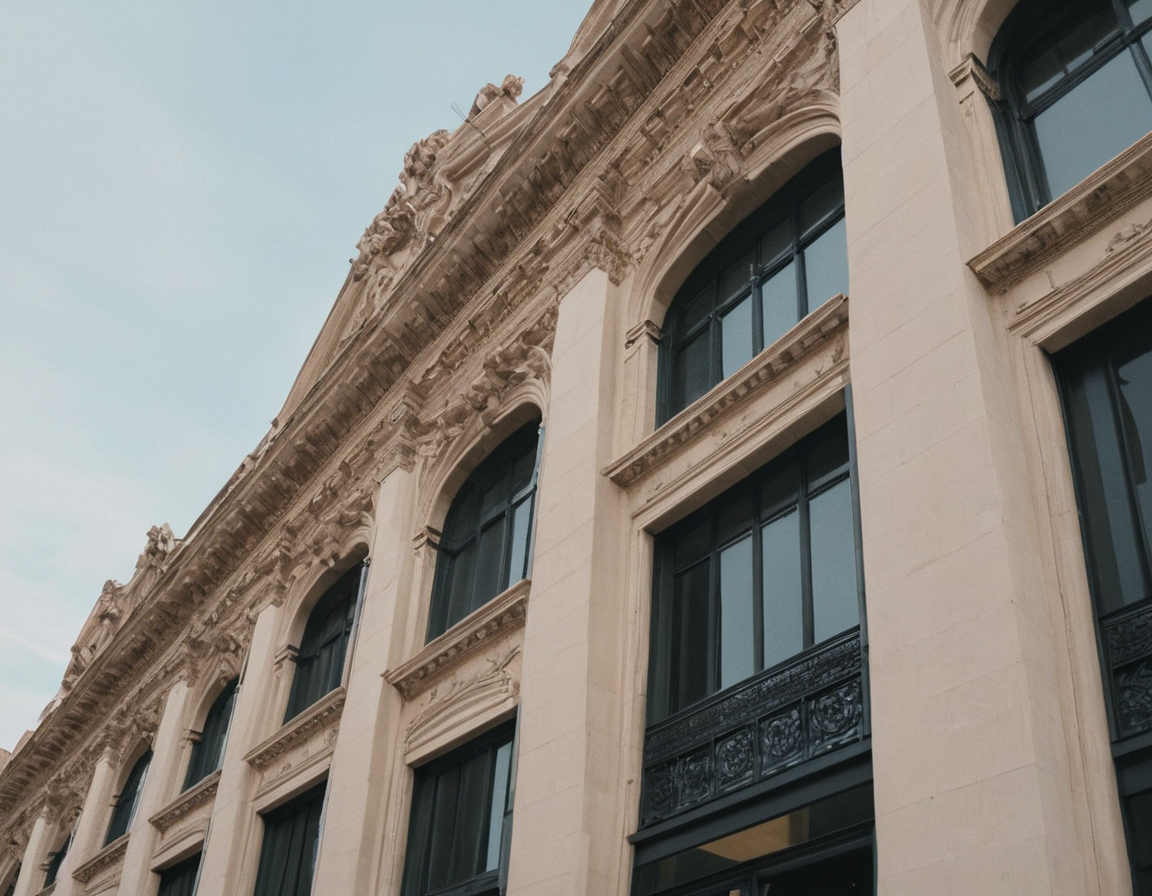Exploring the Timeless Appeal of 1832 Architecture: Elegance Reclaimed
The Golden Age of Architecture: A Closer Look at 1832
Step back in time to 1832, a year that marked a period of sophisticated elegance and significant architectural advancements. Accentuating meticulous detail and combining various styles, the buildings from this era exude a timeless appeal that still captivates us today.

Characteristic Features of 1832 Architecture
The architecture of 1832 is often characterized by its diverse styles, including Neoclassicism, Greek Revival, and Gothic Revival. It embraced the return to classical antiquity with grand columns, domes, and detailed ornamentation. Let’s delve into the intricacies that define this golden age of design.
- Neoclassical Influence: Grandeur of scale and simplicity of geometric forms.
- Greek Revival: Influence of ancient Greek architecture, characterized by sturdy columns and pediments.
- Gothic Revival: Pointed arches, ribbed vaults, and flying buttresses representing medieval gothic styles.

Iconic Structures from 1832
Many buildings from 1832 leave us in awe with their architectural wonder. Some of these structures have become important landmarks, treasured for their historical significance and aesthetic beauty—a testament to the craftsmanship and vision of their creators.
- The British Museum in London, an epitome of neoclassical architecture.
- The New York City Hall, showcasing Greek Revival elegance.
- The Churches of the Gothic Revival, echoing the echoes of medieval splendor.
These buildings not only reflect the cultural aspirations of the time but also influence contemporary designs. Modern architects often draw inspiration from these timeless structures, blending historical motifs with new-age technology and materials.
The Legacy of 1832 Architecture Today
Today, we revere these architectural jewels of 1832 as we seek to preserve and restore them for future generations. They are not mere structures but are stories set in stone, inviting us to admire their beauty and the sagas they tell. In a world that continually moves towards the modern, the architecture of 1832 serves as a beacon of classical elegance and craftsmanship.
“Architecture should speak of its time and place, but yearn for timelessness.” – Frank Gehry
Join us as we explore the magnificence of 1832 architecture, a time of rich design that has shaped the world’s skylines and continues to resonate with architectural enthusiasts worldwide.

Preservation and Innovation: The Future of 1832 Architecture
The challenge of preserving these architectural masterpieces while incorporating them into the fabric of modern cities is immense. It requires a delicate balance between maintaining historical integrity and adapting to contemporary needs. Architectural firms and conservationists around the world are working tirelessly to ensure that the splendors of 1832 architecture survive in harmony with the advancements of the 21st century.
As we admire these buildings, whether through the lens of a camera or the pages of a history book, let’s appreciate the labor and love that went into each curve, column, and cornice. The architecture of 1832 serves not only as a pinnacle of design from a bygone era but also as an inspiration for present and future architects.
Our journey through the majestic realm of 1832 architecture ends here, but the storytelling through stones endures. Perhaps next time you walk by a building from this era, you’ll pause and revel in its grandeur, knowing you’re in the presence of architectural royalty from the year 1832.






